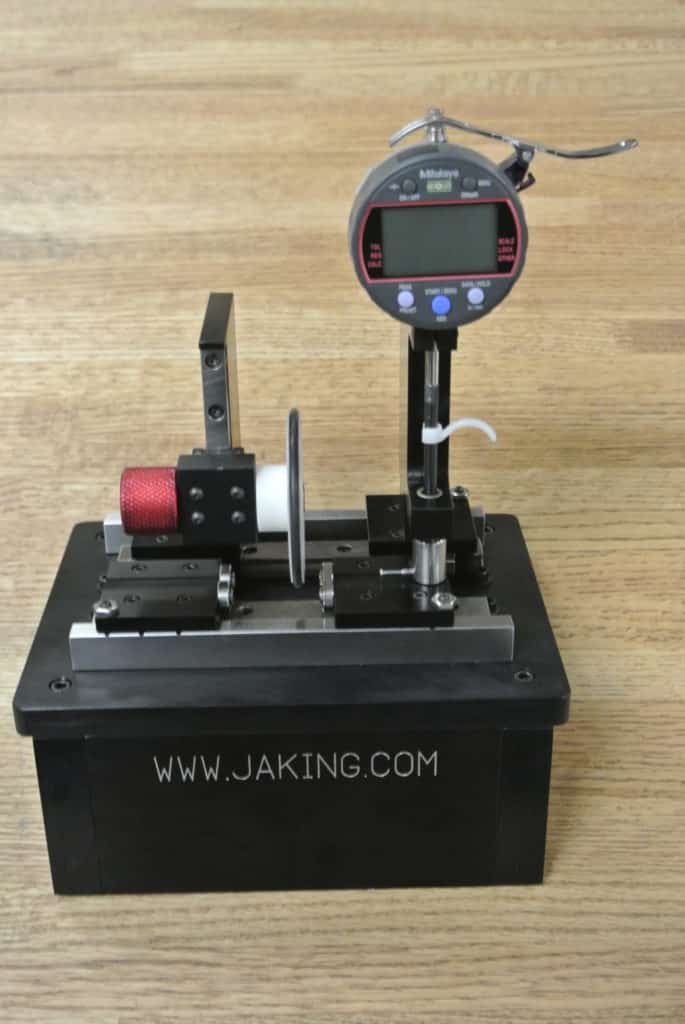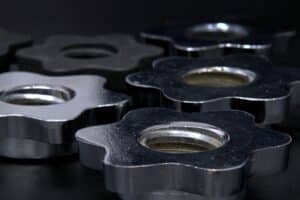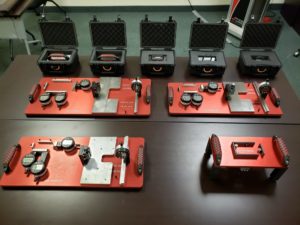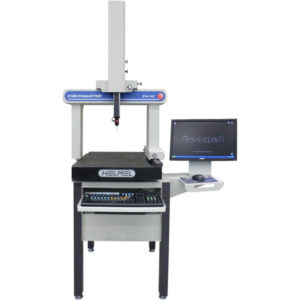Metrology Glossary: Concentricity
What Is Concentricity?
Concentricity refers to the level of alignment between multiple circles, primarily within a 2D framework. It regulates the proximity of cylindrical, spherical, or conical cross-sections to a geometrically perfect circle. Visualized as a cylindrical domain along the feature’s axis, the permissible zone for concentricity uses the deviation of the median points of the cross-sections from the center. The specified tolerance value establishes the maximum allowable offset from this center, offering precise parameters for ensuring alignment and symmetry in various rotational objects such as cylinders, spheres, and cones.
Why Is Concentricity Important?
Concentricity is an important concept for many applications including:
Machinery and Engineering:
- Bearing alignment: Concentricity is crucial for optimal performance and longevity of bearings. Misaligned bearings increase friction, wear, and vibration, leading to premature failure.
- Gear and shaft alignment: Precise concentricity ensures smooth transmission of power between gears and shafts, reducing noise and vibration.
- Valve and pump components: Concentricity is needed for proper sealing and flow control in valves and pumps. Misaligned components can lead to leaks, reduced efficiency, and increased wear.
- Robot arm movements: Precise concentricity in robot arms allows for accurate and controlled movements, ensuring smooth and reliable operation.
Electronics and Optics:
- Lens assembly: Concentricity is essential for proper focusing and image quality in lenses. Misalignment can lead to blurry images, chromatic aberration, and other optical defects.
- Optical fibers: Concentric cores and cladding in optical fibers ensure efficient transmission of light signals with minimal loss.
- Electronic components: Concentricity plays a vital role in the manufacture and assembly of various electronic components, such as capacitors and resistors, ensuring consistent performance and reliability.
Manufacturing and Production:
- Molding and casting: Concentricity ensures the production of symmetrical and dimensionally accurate parts through molding and casting processes.
- Machining and grinding: Precise concentricity is crucial for achieving desired tolerances and surface finishes on machined and ground parts.
- Assembly processes: Concentricity ensures proper fit and function of components during assembly, preventing binding, leaks, and other issues.







